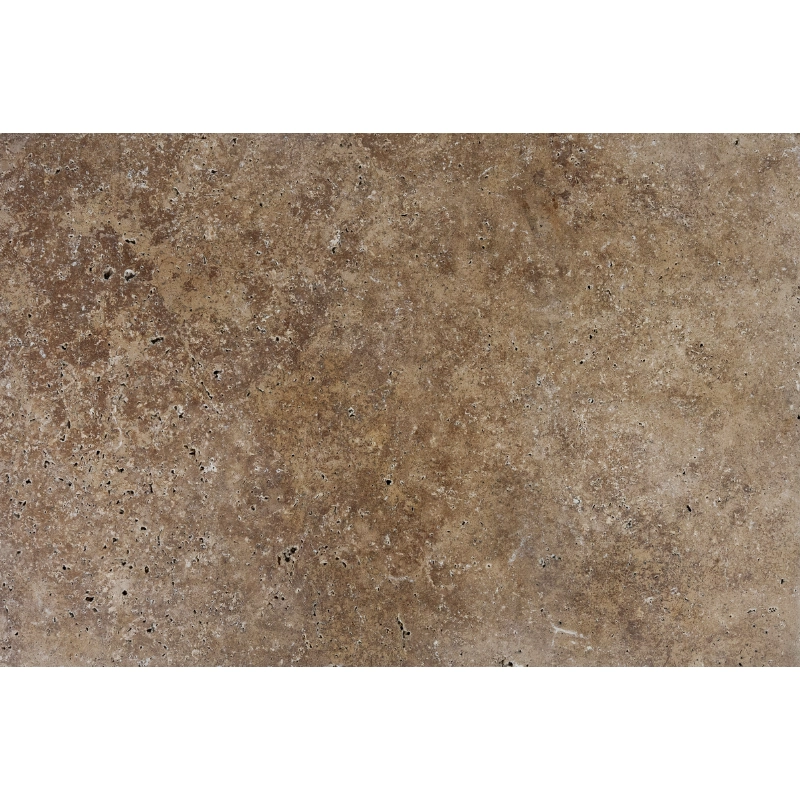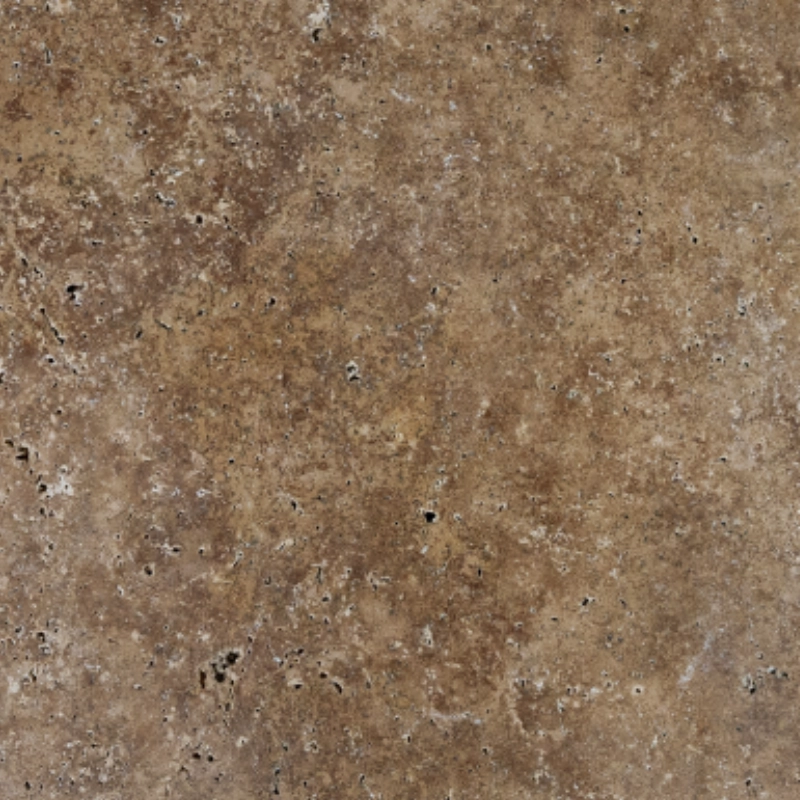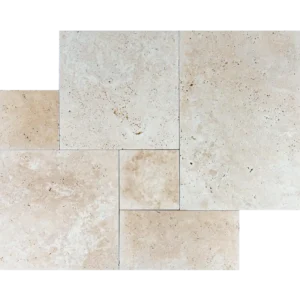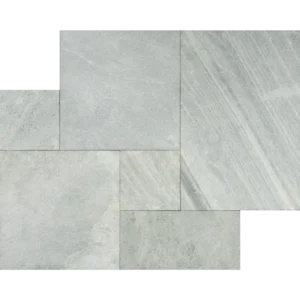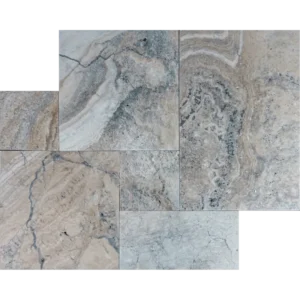Romano 16″x24″ Tumbled Travertine Paver – Mediterranean Rustic Charm
The Romano 16″x24″ Tumbled Travertine Paver showcases warm ivory-beige tones and a gently weathered texture. Additionally, its tumbled finish delivers natural slip resistance, making it perfect for patios, pool decks, and garden walkways.
Moreover, the generous 16″x24″ size reduces grout lines and speeds up installation. As a result, you achieve a smooth, cohesive layout that highlights the stone’s subtle veining. It adapts easily to both classic and contemporary outdoor styles.
Furthermore, this premium travertine stands up to sun, rain, and heavy foot traffic. Consequently, it keeps its beauty over time. Finally, a simple seal enhances its stain resistance and makes cleaning effortless.
Key Features
- Material: Premium natural travertine
- Color: Ivory-beige with soft veining
- Finish: Tumbled for texture and grip
- Size: 16″x24″ (nominal)
- Edge: Tumbled for an aged, handcrafted look
- Applications: Patios, pool surrounds, walkways, and courtyards
Installation Guide – Romano 16″x24″ Tumbled Travertine Paver
Important Note
This guide covers only the paver covering phase. Ensure sub-base and bedding layers are properly prepared by qualified professionals before installation.
Step 1: Dry Layout & Planning
- Dry-lay the 16″x24″ pavers on the prepared bedding surface to inspect natural color, veining, and texture variations.
- Arrange in a balanced pattern (running bond, ashlar, or staggered grid) to distribute tones evenly and minimize visible joints.
- Use chalk lines or a laser level to mark reference lines for precise alignment and straight courses.
Step 2: Paver Placement
- Carefully set each paver onto the bedding layer, following your guide lines.
- Maintain uniform joint widths of 1/8″–1/4″.
- Gently tap each paver with a rubber mallet to ensure full seating and achieve a level surface.
- Check frequently with a level to avoid lippage, especially important with larger formats.
Step 3: Cutting & Edge Finishing
- Use a wet saw equipped with a diamond blade rated for travertine to perform precise cuts.
- Support the pavers securely during cutting to prevent edge chipping or cracking.
- Smooth any exposed cut edges with a rubbing stone to maintain the tumbled finish.
Step 4: Joint Filling
- Fill joints with polymeric sand or a travertine-compatible joint filler.
- Compact the surface gently, then sweep away excess filler.
- If using polymeric sand, lightly mist the surface to activate bonding agents according to manufacturer instructions.
Step 5: Sealing & Maintenance
- After the installation is fully dry, apply a breathable, penetrating sealer formulated for exterior travertine.
- Re-seal every 1–2 years depending on environmental exposure and foot traffic.
- Clean with pH-neutral stone cleaners only; avoid acidic or abrasive products that may damage the stone.
Disclaimer
Travertine is a natural stone exhibiting tonal variation, surface pits, and veining. These characteristics are inherent and not defects. Always dry-lay and inspect materials before final installation. Professional installation is recommended for optimal longevity and appearance.


